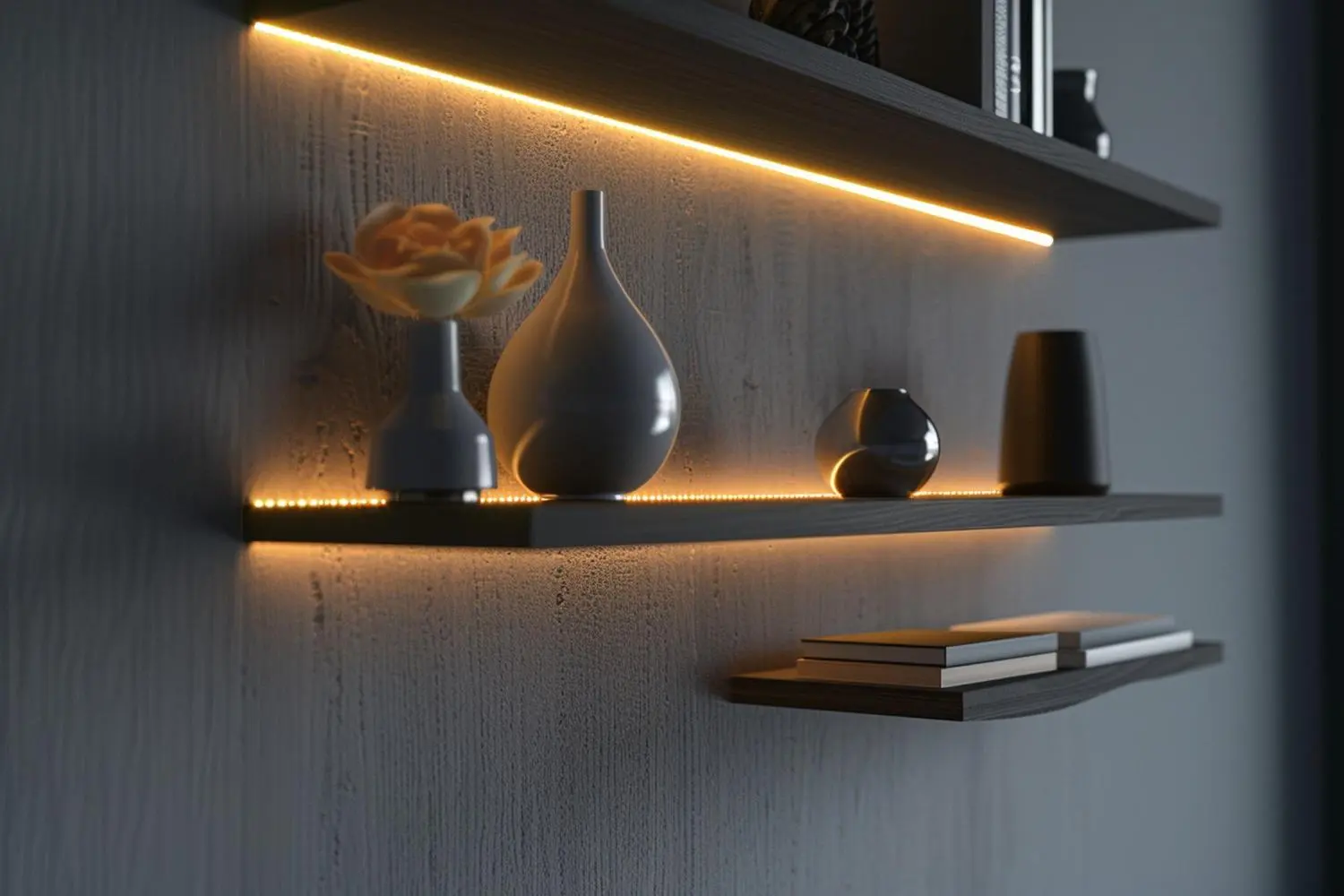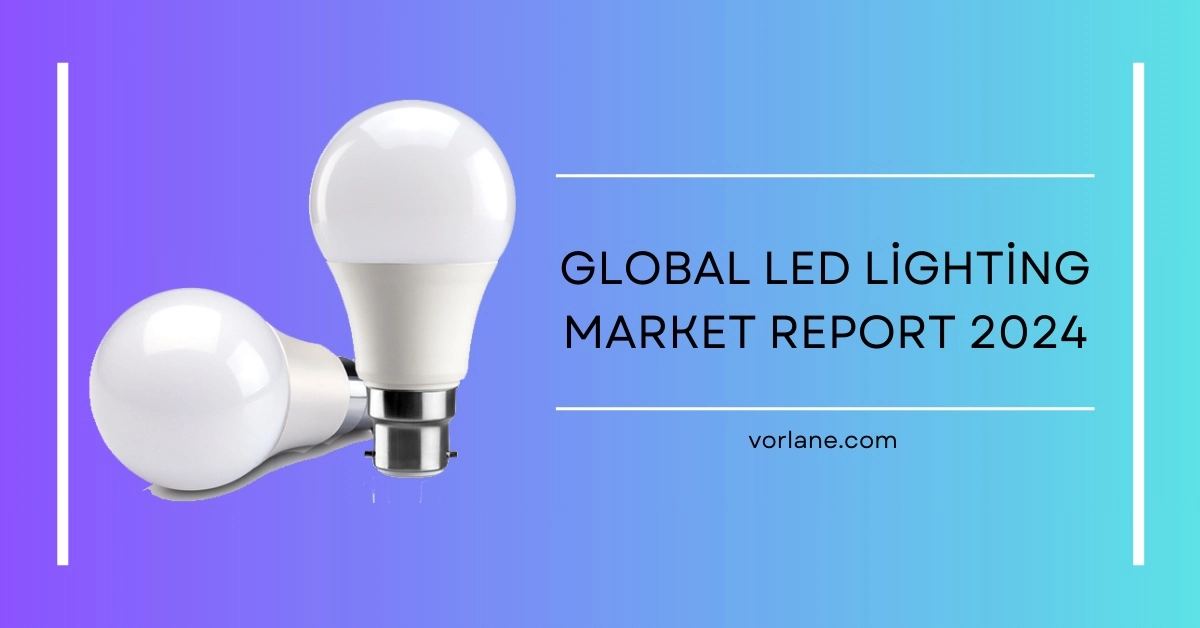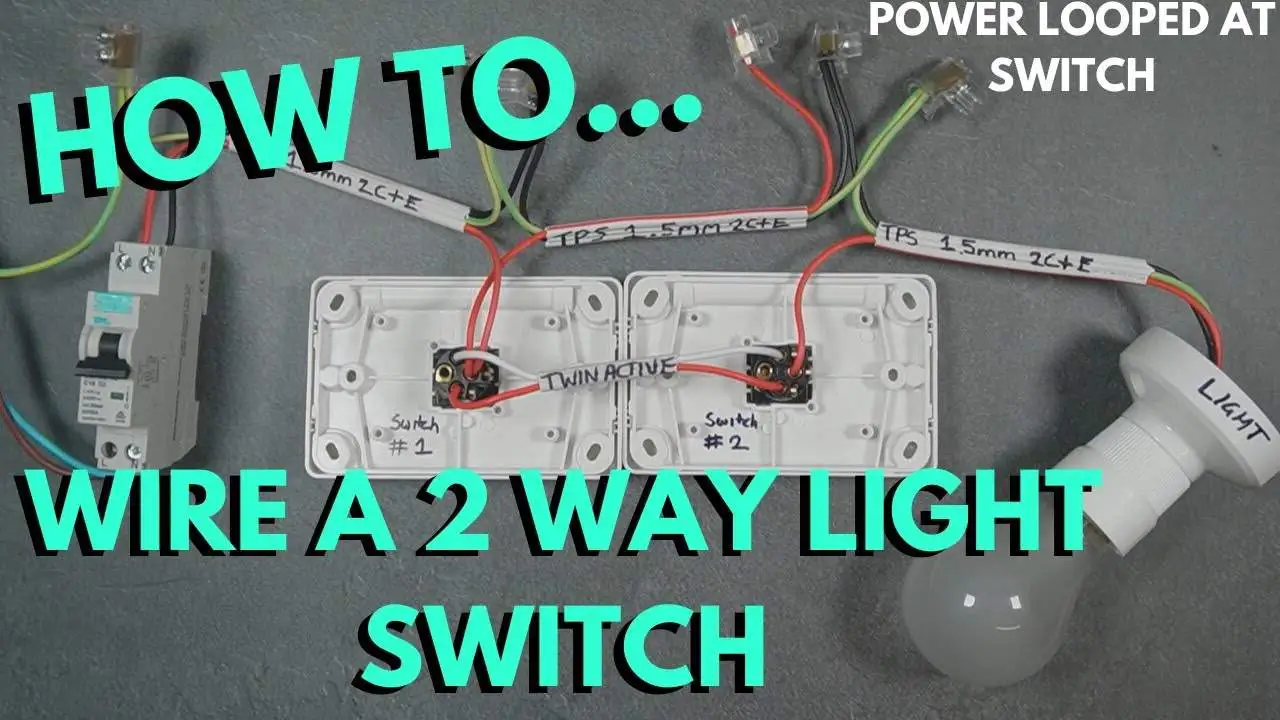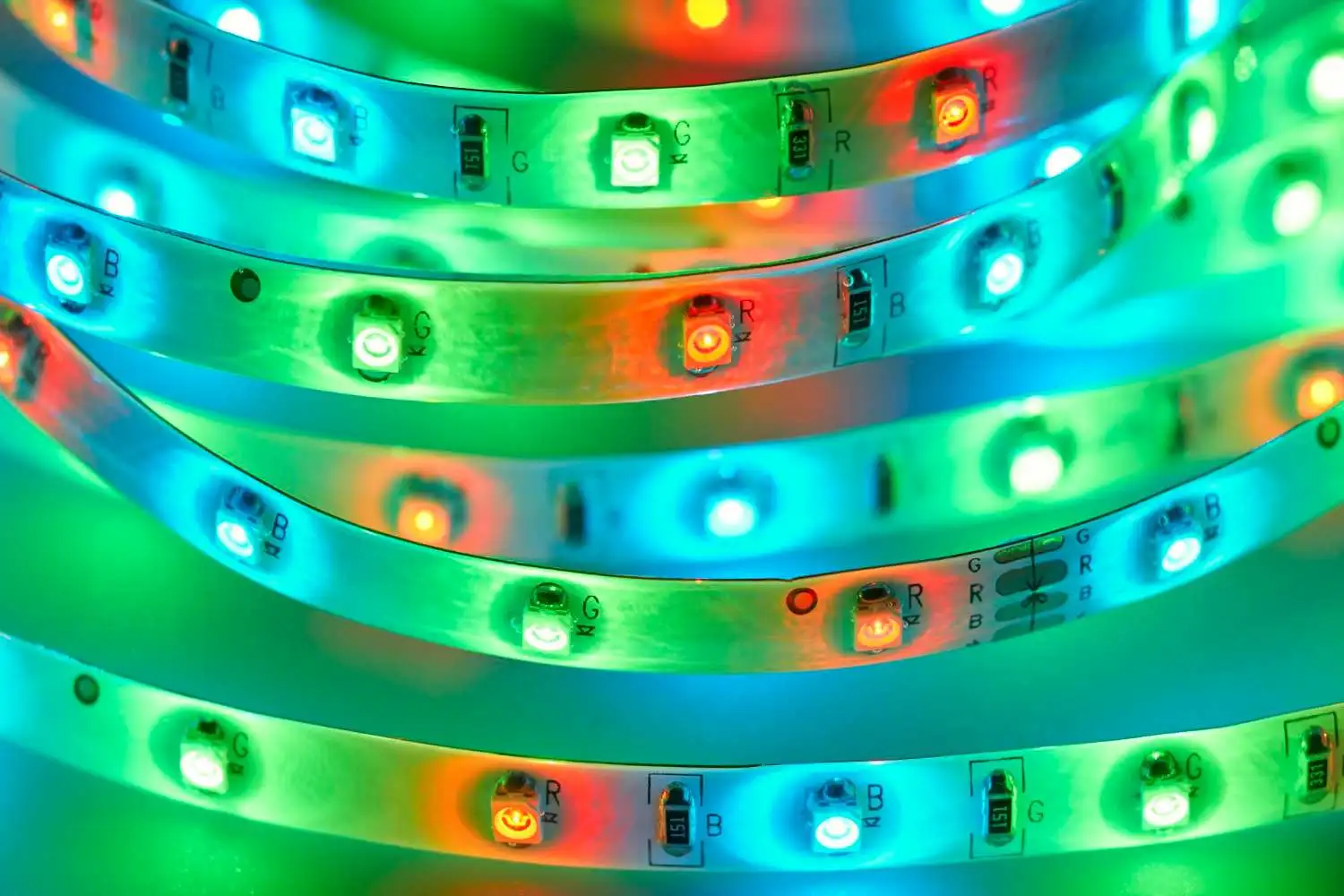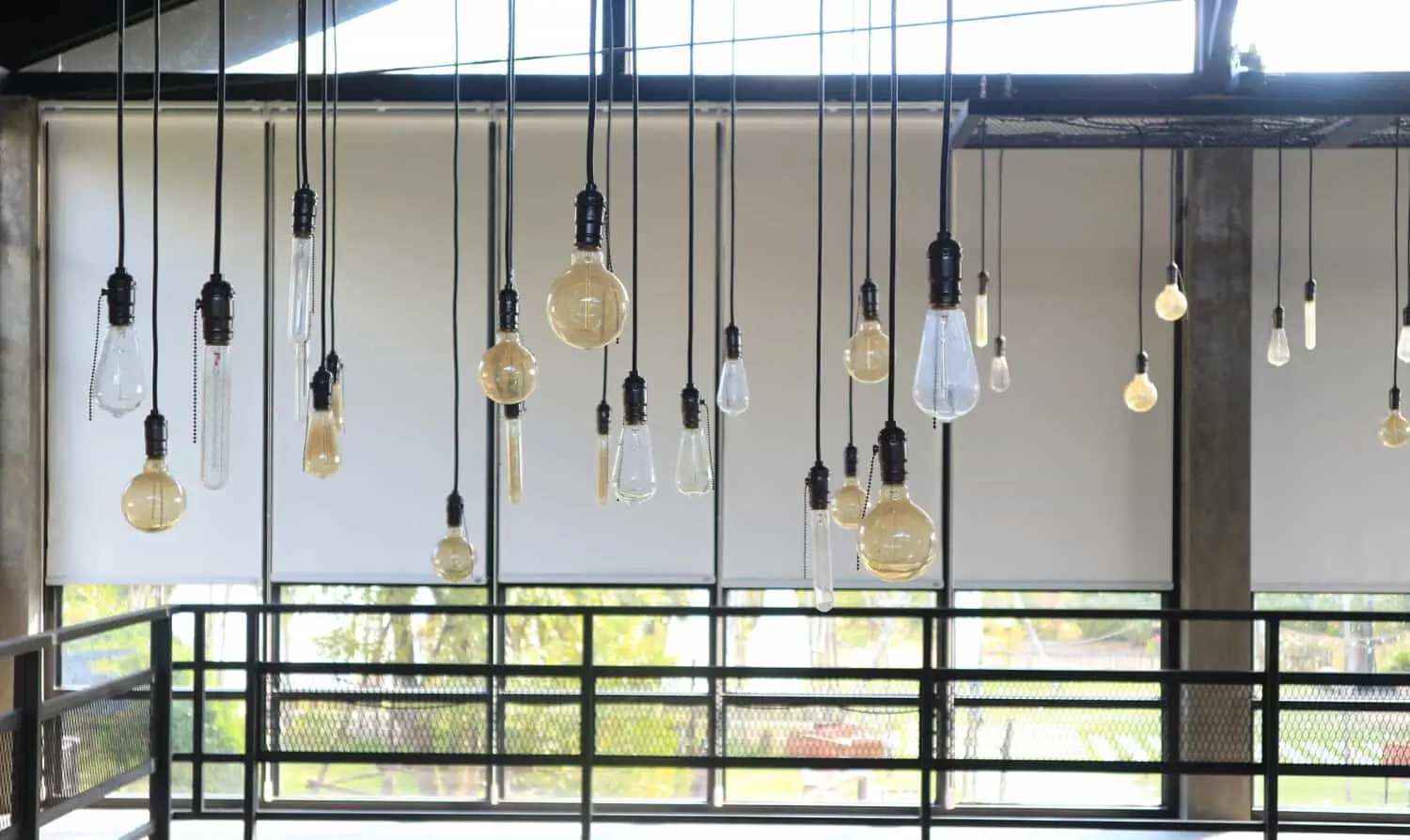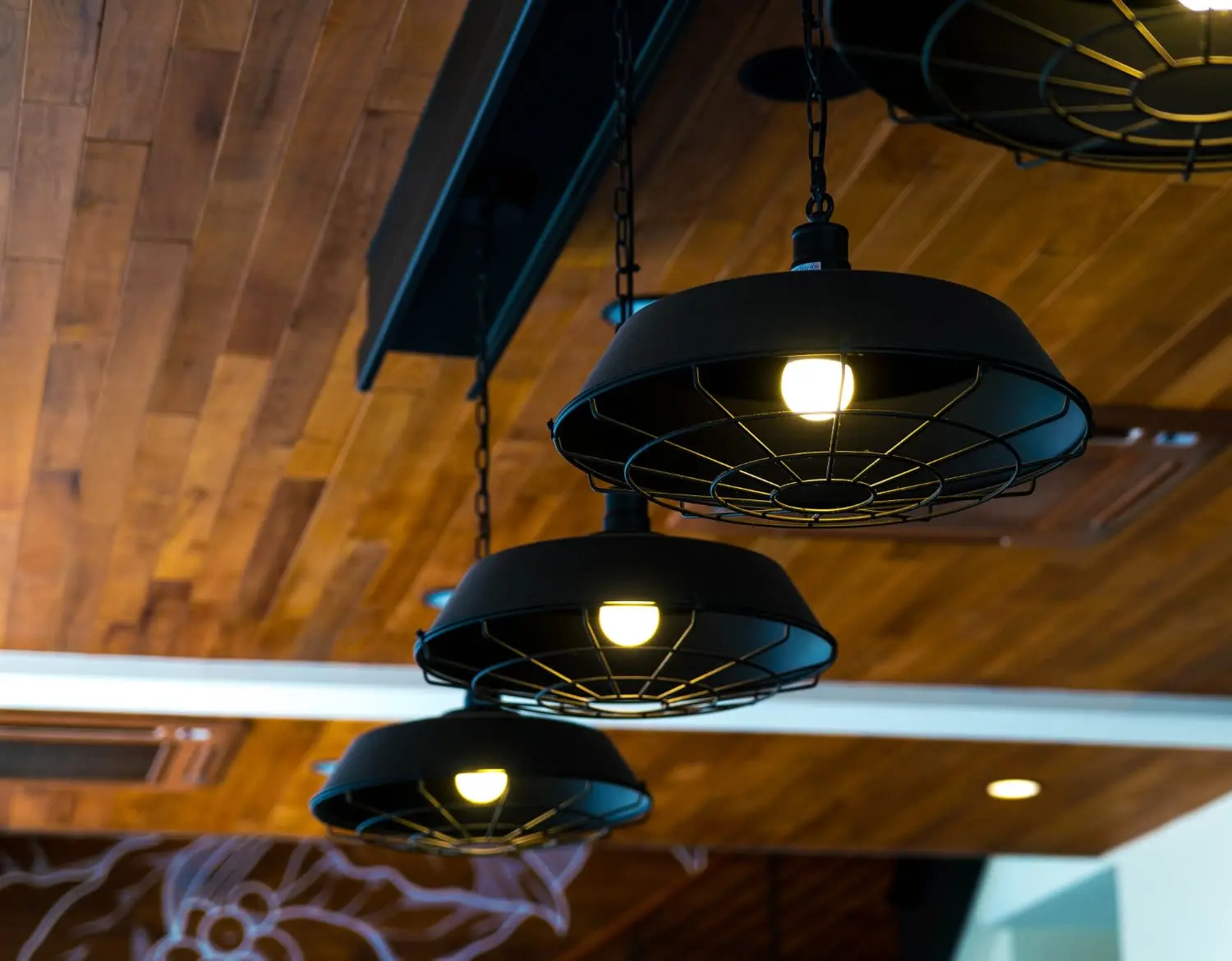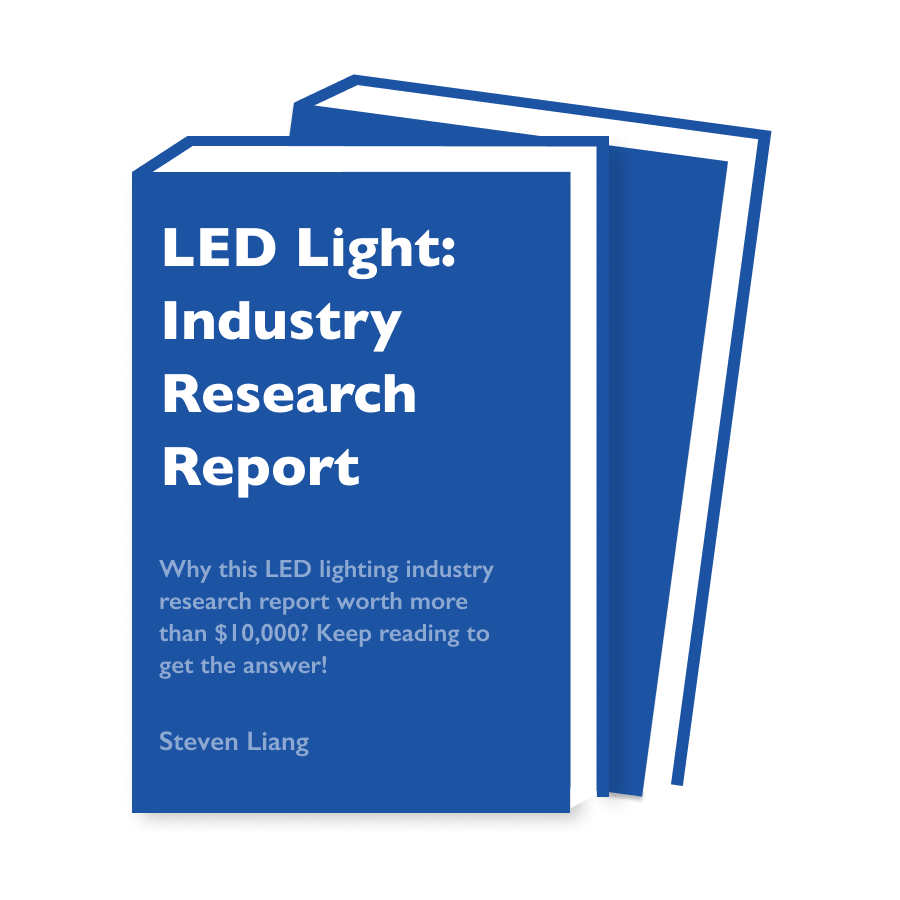There are many types of LED lights on the market these days, each with its own unique benefits and drawbacks, so it’s important to understand the difference before deciding which type is best for your needs. If you’re not sure which LED is right for you, this post will compare and contrast the three most common types.
LED 2835 lights are smaller in size and produce less heat than the other two types. LED 5050 lights are larger in size but produce more light than LED 2835 lights. LED 5630 lights are somewhere in between the size of LED 2835 and LED 5050 lights.
By understanding more of the differences between these three types of LEDs, you can make an informed decision about which one is best for your needs. So let’s get started!
History of The LED Industry
The LED industry has a long and interesting history. It all started in the early 1960s when a scientist named Nick Holonyak Jr. invented the first practical light-emitting diode. LEDs were initially used as indicator lights in electronics, but their potential was quickly recognized, and they began to be used in a variety of applications.
In the 1970s, LEDs began to be used as indicator lights in cars. In the 1980s, they were used as indicator lights in TVs and other appliances. In the 1990s, they began to be used in traffic signals and other outdoor applications. In the 2000s, they began to be used in lighting fixtures for homes and businesses.
The growth of the LED industry has been exponential over the past few decades, and it is expected to continue growing at a rapid pace into the future. Thanks to their energy efficiency and longevity, LEDs are poised to overtake traditional light bulbs as the primary source of lighting for homes and businesses worldwide.

Basics of LED 2835 vs. 5050 vs. 5630
LEDs (light-emitting diodes) are semiconductor devices that emit light when an electric current passes through them. LEDs come in a variety of shapes and sizes, but the most common type is the LED light bulb. LED light bulbs are available in three main types: 2835, 5050, and 5630.
The 2835 LED is the smallest and least powerful of the three types. It has a lifespan of about 25,000 hours and emits 350 lumens of light. The 5050 LED is twice as large as the 2835 LED and has a lifespan of about 50,000 hours. It emits 700 lumens of light. The 5630 LED is the largest and most powerful of the three types. It has a lifespan of about 60,000 hours and emits 1,200 lumens of light.
Each type of LED has its own advantages and disadvantages, and choosing the right one for your application will depend on a variety of factors such as the size of the area to be lit, the level of light intensity required, and the power consumption budget.

How Does It Work: LED 2835 vs. 5050 vs. 5630
LEDs, or light-emitting diodes, are one of the most popular lighting options today. They’re efficient, long-lasting, and relatively affordable. But how do they work? Let’s break down the differences between LED 2835, 5050, and 5630.
LED 2835
This type of LED is the smallest and simplest option. It has a single diode that emits light in a single direction. Because it’s so small, it’s often used in applications where space is limited, such as cell phones and laptops. LED 2835 LEDs typically have a lifespan of around 10,000 hours.

LED 5050
This type of LED is twice as large as an LED 2835 and has two diodes that emit light in opposite directions. It’s often used for general illumination because it produces a more uniform light than an LED 2835. LED 5050 LEDs typically have a lifespan of around 20,000 hours.

LED 5630
This type of LED is the largest option and has three diodes that emit light in three different directions. It’s often used for directional lighting because it produces a focused beam of light rather than a broader beam. LED 5630 LEDs typically have a lifespan of around 30,000 hours.

All three types of LEDs are efficient, long-lasting, and cost-effective. However, it’s important to consider the specific needs of your application in order to choose the best type of LED for your project. If you need help deciding which type of LED to use for your project, contact us at Vorlane. We can help you find the right LED for your project.
Key Differences Between LED 2835 vs. 5050 vs. 5630
When it comes to LED lighting, there are a few key differences that you need to be aware of. Here’s what you need to know about three popular types of LEDs: 2835, 5050, and 5630.
Size
- 2835 LEDs are typically smaller than 5050 LEDs
- 5050 LEDs are typically smaller than 5630 LED
- This means that 2835 LEDs are better for smaller applications, while 5050 and 5630 LEDs are better for larger applications.
Brightness
- 2835 LEDs are typically less bright than 5050 or 5630 LEDs.
- This means that if you need a lot of light, you should choose a 5050 or 5630 LED instead of a 2835 LED.
Cost
- Generally speaking, 2835 LEDs are less expensive than 5050 or 5630 LEDs.
- This means that if you’re looking for an inexpensive option, 2835 LEDs are a good choice.
- However, If you need more light output, 5050 and 5630 LEDs may be the better choice.
So, when deciding which type of LED is best for you, it’s important to consider your needs and budget. If you’re still unsure which type of LED to choose, contact us at Vorlane. We can help you find the right LED for your project. With our expertise and knowledge, we will be able to provide you with the best solution possible.
LED 2835 vs. 5050 vs. 5630: Pros and Cons
LEDs are one of the most popular choices for lighting these days, it can be tough to determine which type of LED light is best for you when there are three different types with their own benefits and drawbacks. Let’s compare the positive and negative aspects of LED 2835, LED 5050, and LED 5630.
Pros and Cons of LED 2835
Pros
- LED 2835 is more affordable than the other two types.
- LED 2835 is smaller in size and can be used in a variety of applications.
- LED 2835 has a longer lifespan than LED 5050 and LED 5630.
- LED 2835 does not generate as much heat as the other two types.
Cons
- LED 2835 produces a lower amount of light compared to LED 5050 and 5630.
- LED 2835 is not as bright as the other two types, making it less ideal for larger indoor spaces or outdoor locations.
Pros and Cons of LED 5050
Pros
- LED 5050 offers more lumens per watt than LED 2835.
- LED 5050 is more durable than LED 2835 and LED 5630.
- LED 5050 can be used in a variety of applications due to its bright light and long lifespan.
Cons
- LED 5050 is more expensive than the other two types.
- LED 5050 produces more heat than LED 2835 and LED 5630.
Pros and Cons of LED 5630
Pros
- LED 5630 is the brightest of all three types, making it ideal for larger indoor spaces or outdoor locations.
- LED 5630 has a longer lifespan than LED 2835 and LED 5050.
Cons
- LED 5630 requires more power than the other two types, making it more expensive to operate.
- LED 5630 produces more heat than LED 2835 and LED 5050.
In conclusion, when deciding between the three types of LEDs, you should consider your needs and requirements in order to determine which type will be best suited for your application. Each type has its own benefits and drawbacks, so it is important to weigh all the factors before making a decision.

4 Factors To Consider Before Choosing Between 2835 vs. 5050 vs. 5630
When it comes to choosing between different types of LED lights, there are a few factors that you need to take into account. Depending on the application, LED 2835 vs. 5050 vs. 5630 can provide different levels of brightness and efficiency. When choosing an LED, it is important to consider end-use requirements including:
| Brightness | 2835 LEDs are the least bright of the three, with a flux output of about 8-10lm/W. 5050 LEDs are brighter than 2835s, and can reach up to 20lm/W. 5630 LEDs have the highest brightness of all three, at 40lm/W or more. |
| Heat Dissipation | Heat dissipation is an important factor to consider when looking at LED lighting. The 5050 and 5630 LEDs have better heat dissipation capabilities than 2835 LEDs, meaning that the light will remain cooler for longer, increasing its longevity. |
| Efficiency | The efficiency of a light is determined by how much light is being put out for the amount of energy consumed. 5050 LEDs are more efficient than 2835 LEDs and 5630 LEDs, meaning they use less power to emit the same level of brightness. |
| Cost | The cost of LED lights will vary depending on where you buy them from, but typically 5050 LEDs are the most expensive, followed by 5630 LEDs and 2835 LEDs. However, the more efficient 5050 LED lights may be more cost-effective in the long run due to their lower energy consumption. |
#1 Brightness
First, consider the brightness you need for your project. 2835 LEDs are the least bright of the three, with a flux output of about 8-10lm/W. 5050 LEDs are brighter than 2835s, and can reach up to 20lm/W. 5630 LEDs have the highest brightness of all three, at 40lm/W or more.
#2 Heat Dissipation
Heat dissipation is an important factor to consider when looking at LED lighting. The 5050 and 5630 LEDs have better heat dissipation capabilities than the 2835 LEDs, meaning that the light will remain cooler for longer, increasing its longevity.
#3 Efficiency
The efficiency of a light is determined by how much light is being put out for the amount of energy consumed. 5050 LEDs are more efficient than 2835 LEDs and 5630 LEDs, meaning they use less power to emit the same level of brightness.
#4 Cost
The cost of LED lights will vary depending on where you buy them from, but typically, 5050 LEDs are the most expensive, followed by 5630 LEDs and 2835 LEDs. However, the more efficient 5050 LED lights may be more cost-effective in the long run due to their lower energy consumption.
Overall, choosing between led 2835 vs 5050 vs 5630 comes down to the specific needs of your application. By taking into consideration factors such as brightness, heat dissipation, efficiency and cost, you can ensure that you select the best led option for your needs.
When in doubt, always consult an experienced LED lighting professional, like Vorlane, to help guide your decision-making.
3 Buying Tips About LED 2835 vs. 5050 vs. 5630
When it comes to LED, there are a few key factors you need to consider when making your purchase: the type of LED, the wattage, and the size. In this article, we’ll discuss some tips for buying LED 2835 vs 5050 vs 5630.
#1 Purpose
Before purchasing LED lights, identify what needs they will fulfill. LED 2835 is a low-power LED used for accent lighting or decorative lighting. LED 5050 is a medium to high power LED used for task lighting and general illumination. LED 5630 is an ultra-high power LED used for very bright applications such as street lighting or high-level security lighting.
#2 Wattage
The wattage of LED is also important to consider when making your purchase. LED 2835 has a wattage range between 0.05 watts and 0.25 watts, while LED 5050 can reach up to 1 watt and LED 5630 can reach up to 3 watts. Generally, the higher the wattage, the brighter the LED will be.
#3 Size
Finally, consider the size of your LED before making a purchase. LED 2835 is small in size, generally ranging from 2mm to 8mm, and weighs only a few milligrams each. LED 5050 is slightly larger than LED 2835, typically between 4mm and 10mm, while LED 5630 is the largest of the three, ranging from 6mm to 12mm.
There are many factors to consider when purchasing LED 2835 vs 5050 vs 5630. Consider your purpose, wattage needs, and size requirements to find the right LED for your application. With these tips in mind, you can make a well-informed decision that will be best suited to your needs.

Frequently Asked Questions
Can I use LED 2835, 5050, and 5630 interchangeably in my projects? While you can use LED 2835, 5050, and 5630 in various projects, their distinct sizes, brightness levels, and power requirements mean they’re best suited for specific applications. Choose based on the project’s lighting needs and space constraints.
What are the best applications for each LED type? LED 2835 is ideal for accent and background lighting due to its compact size and lower brightness. LED 5050 suits general lighting with its balanced brightness and size. LED 5630, being the brightest, is perfect for task lighting and outdoor applications.
How do I decide between the three LED types based on brightness? Consider the lumens output: LED 2835 for subtle lighting, LED 5050 for moderate brightness, and LED 5630 for the highest luminosity. Your choice should align with the lighting intensity required for your space or application.
What about the energy consumption of each LED type? LED 2835 consumes the least power, making it the most energy-efficient but the least bright. LED 5050 offers a middle ground in both brightness and energy use. LED 5630, while the brightest, also has the highest energy consumption.
Can I install these LEDs myself, or do I need a professional?
Simple installations, especially with LED strips, can be DIY projects. However, for complex setups or integrating into existing systems, professional installation is recommended to ensure optimal functionality and safety.
How do I address heat dissipation in these LEDs?
Despite LEDs being more efficient and cooler than traditional bulbs, they still generate heat. Ensure proper ventilation, especially for LED 5630. Consider heat sinks for intensive setups to prolong the lifespan of your LEDs.
Conclusion
LED technology is constantly evolving and the terms 2835, 5050, and 5630 are no exception. While all three of these types of LEDs have their own unique benefits, our team at Vorlane can help you determine which one is best for your specific needs.
If you’re looking for a reliable and experienced LED supplier, don’t hesitate to contact us today. We offer a wide array of LED products including LED bulbs, LED panel light, strip lights, LED corner light, etc. We would be more than happy to discuss your lighting requirements and help you choose the perfect LEDs for your business or project.

